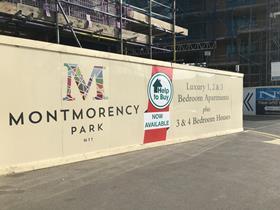Report adds recouping all £11.7���� in loans not guaranteed

The government is facing an uphill battle to wind down Help to Buy while minimising negative effects on the housing market, a National Audit Office investigation has found.
In a progress review of Help to Buy, the watchdog found the scheme had increased home ownership and housing supply, particularly for first-time buyers, but said a proportion of participants could have afforded to buy a home without the government’s help.
It also said the scheme exposed the government to significant market risk if property values fall, as well as tying up a significant public financial capacity.
Gareth Davies, the head of the NAO, said: “Until we can observe its longer-term effects on the property market and whether the department has recovered its substantial investment, we cannot say whether the scheme has delivered value for money.”
The scheme was introduced in April 2013 and by the end of last year had made 211,000 loans amounting to £11.7����. It was meant to run until 2016 but chancellor Philip Hammond extended it until 2023.
The government expects to recover its money by 2031-32 and record a positive return but the NAO warned it faced significant risks such as house price changes and when buyers actually repaid their loans.
Key Help to Buy statistics
352,000: the number of home purchases the MHCLG forecasts will be supported by the scheme by March 2021
£11.7����: the total loaned under Help to Buy up to December 2018
37%: the percentage of buyers in England who say they could not have afforded a new home without Help to Buy
8,440: the number of buyers using the scheme who had household incomes in excess of £100,000 at the time of using Help to Buy
38%: the proportion of all new-build homes sold using the scheme between April 2013 and September 2018
2031/32: the year which MHCLG expects it will have fully recouped its Help to Buy investments.
Source: NAO/MHCLG




























No comments yet